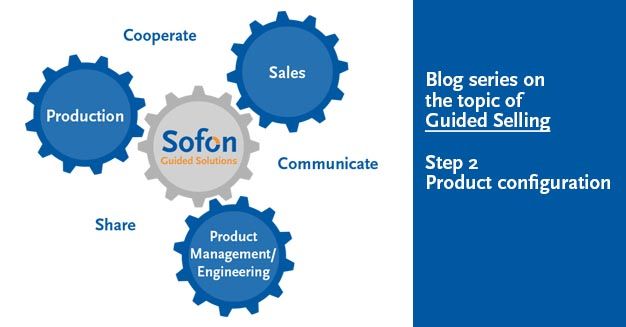SOFTWARE EXPENSIVE? (JUST THINK ABOUT HOW MUCH STAFF COSTS!)
Not long ago, a manager at a medium-sized manufacturing company asked me the following: “Say, Mr Moran, why is that software of yours so expensive? All you do is copy it onto a disc for me, surely that costs next to nothing, doesn’t it?” Well actually, it takes considerable investment to develop, maintain, and manage software. Many books have been written about it.
But what if that software does some of the work for you? Do you know how much an employee costs you on an annual basis? Just take a look at the following sample calculation. A full-time office worker costs €2,500 a month, which is roughly €40,000 on an annual basis.
By getting the right software to support the administrative process, it will only take two rather than four office workers to do the same, and often even more work, delivering a total annual saving of €80,000. So, this company can afford to spend €80,000 on IT at no extra cost! And that’s only looking at the quantitative benefits without yet taking into account the qualitative benefits.
Allow me to share an extreme example at one of my clients. This company, which specialises in building supplies, managed to downsize its office staff from 20 to 1 office worker. The remaining office worker is there solely for personal contact and to deal with exceptions, because the rest of the work is all automated in an entirely foolproof manner. When the construction industry was hit by the crisis that we’ve all but forgotten about, this company was able to keep going longer than its peers and was therefore still in business when the market picked up again.
In my day-to-day experience, I’m seeing more and more companies put return on software investments higher on their agenda, and rightfully so! And yet this is still a fairly unknown concept. Many companies barely measure the ROI on their software investments, or not at all, neither in their estimations, nor in their actual costing.
Last month, I was pleasantly surprised by a company for which, based on limited data and a number of assumptions, I had personally calculated a rough ROI, which they considered insufficiently credible at the time. However, it did set the company’s Business Improvement Manager thinking and ultimately prompted him to take action. A few weeks later, the company’s controller surprised me with an excellently grounded ROI based on actual data and conservatively estimated improvements, which ended up persuading the Management Team and, more importantly, their investor.
Calculate the ROI for your software investment, beforehand and afterwards.
Follow our LinkedIn company page to stay informed of all our blogs.







